Grieving in the Time of Fukushima
In his short film 'Homesick', Koya Kamura presents the story of a father who wanders through the no-go zone to find his son.
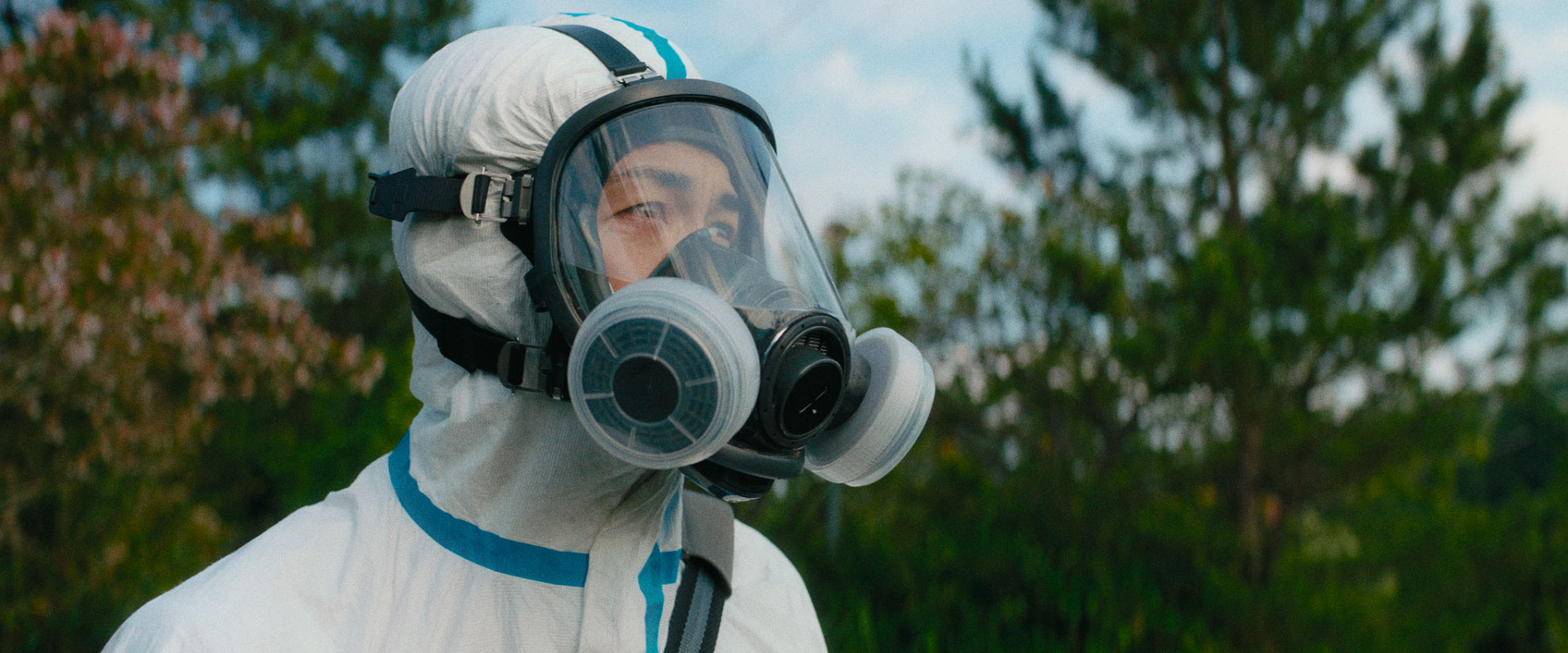
© ‘Homesick’, Koya Kamura - Manifest Pictures
How do you mourn loved ones, but also a place where you used to live, when the latter is surrounded by barricades and human access is forbidden? These themes are explored by director Koya Kamura in his first short fiction-film Homesick, released in 2018.
It was following the events that occurred in 2011 that Koya Kamura, a graduate in cinema who was working as a commercial director at the time, felt the desire to write this short film. Over 27 minutes, the viewer follows Murai, originally from Fukushima Prefecture, an area devastated by the earthquake, tsunami, and nuclear disaster that struck the Japanese coast in 2011. The film was nominated for Best Short Film for the official selection at the 2021 César Awards.
Filming in a no-go zone
The fortysomething, who lives in a displacement camp where prefabricated huts are spread over hundreds of metres, regularly goes to the no-go zone. He does so as a ‘collector’, to help his neighbours find objects they had to leave behind, but above all to persistently search for the baseball belonging to his eight-year-old son. The latter appears at his side, but is strangely wearing a t-shirt while Murai is decked out in a full-body protective suit, wearing a gas mask and relying on the acoustic signals emitted by his Geiger counter.
For the shooting, which lasted seven days, Koya Kamura received permission from the Japanese authorities to film in the heart of the no-go zone for a day, accompanied by his chief cameraman and an assistant. The film therefore features images of abandoned cars and destroyed houses, a stark contrast with the almost lush nature that has reclaimed its rights and re-established itself among the debris. It is in this setting that Murai must conquer his demons in order to continue living and, as his son stresses in his innocent voice of a child, ‘if you love me, don’t come back. This isn’t a place for the living.’
Homesick (2018), a short film by Koya Kamura, is available on the Arte website.
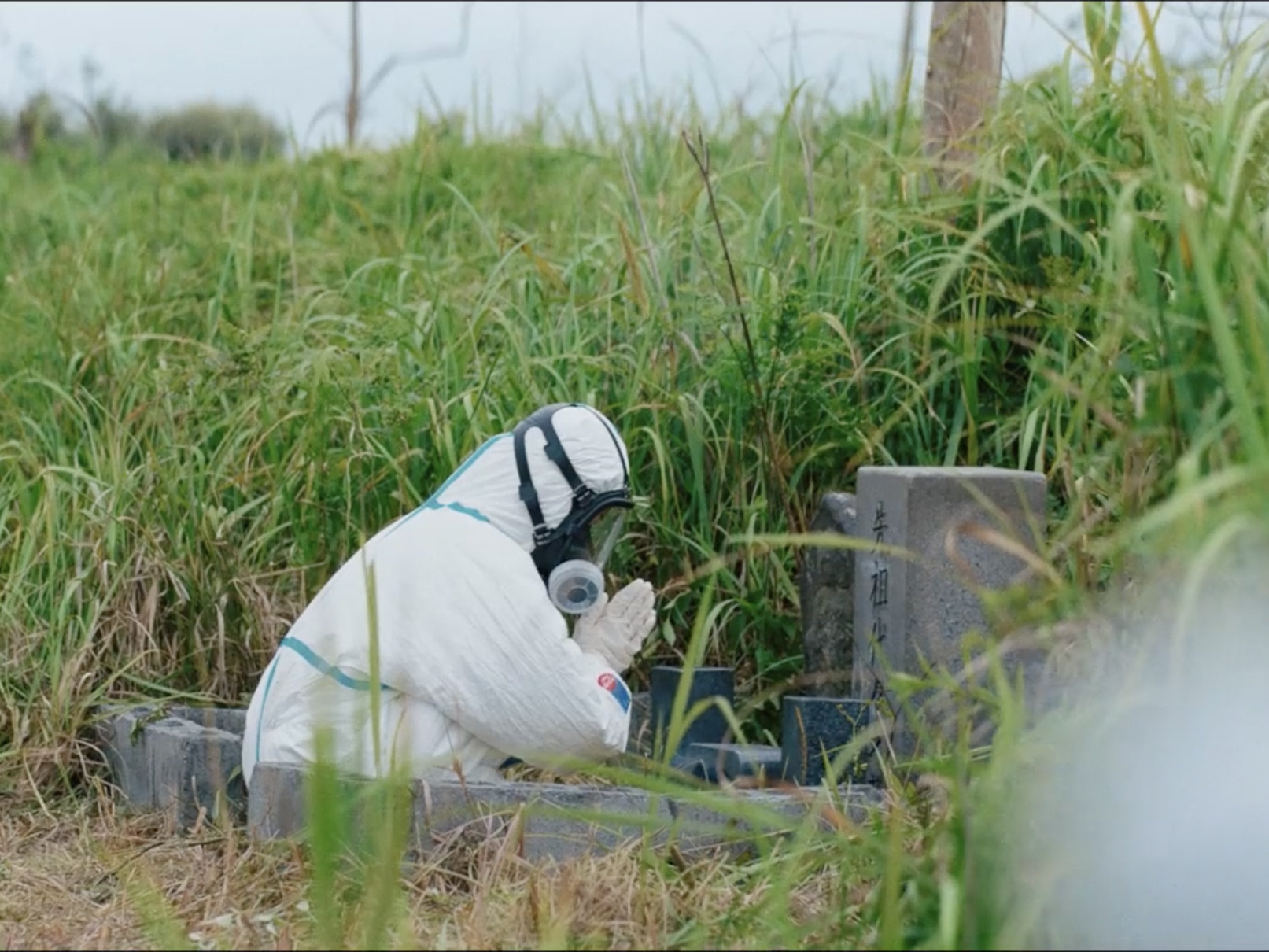
© ‘Homesick’, Koya Kamura - Manifest Pictures
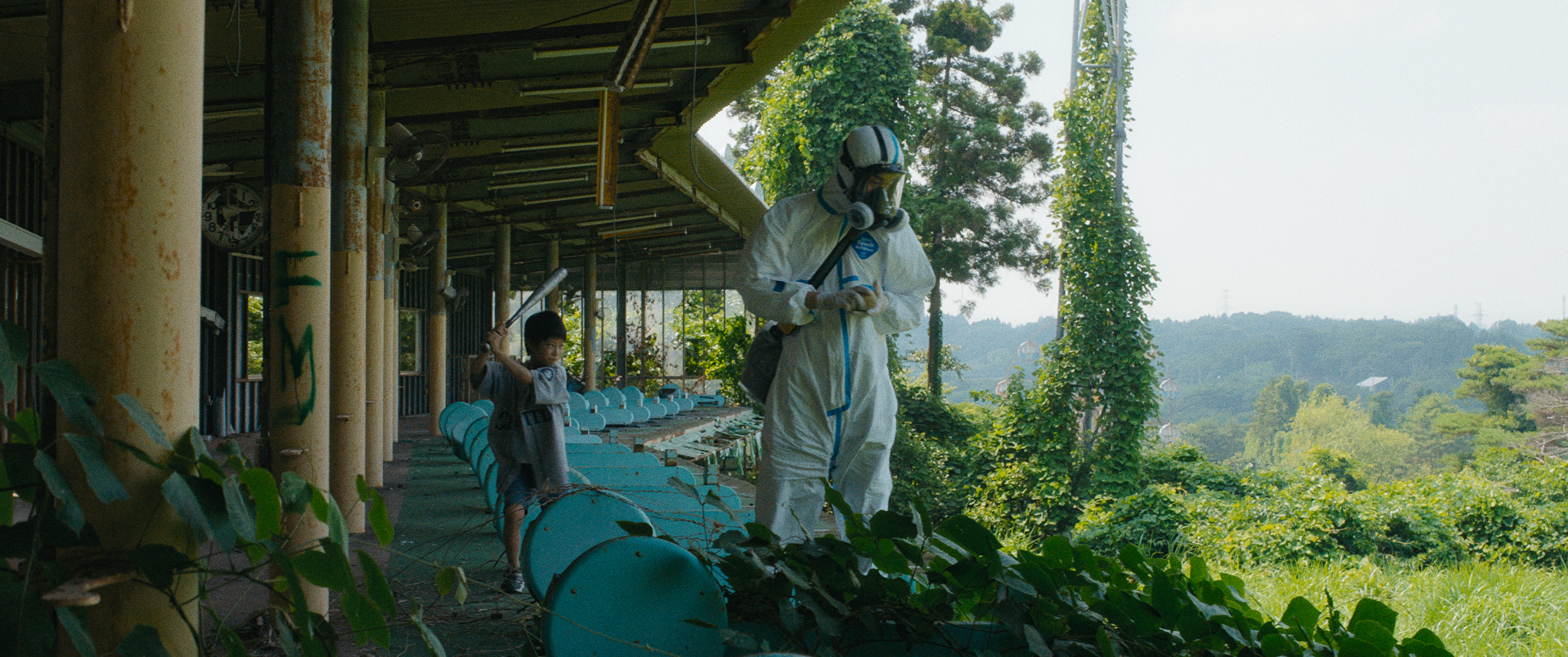
© ‘Homesick’, Koya Kamura - Manifest Pictures
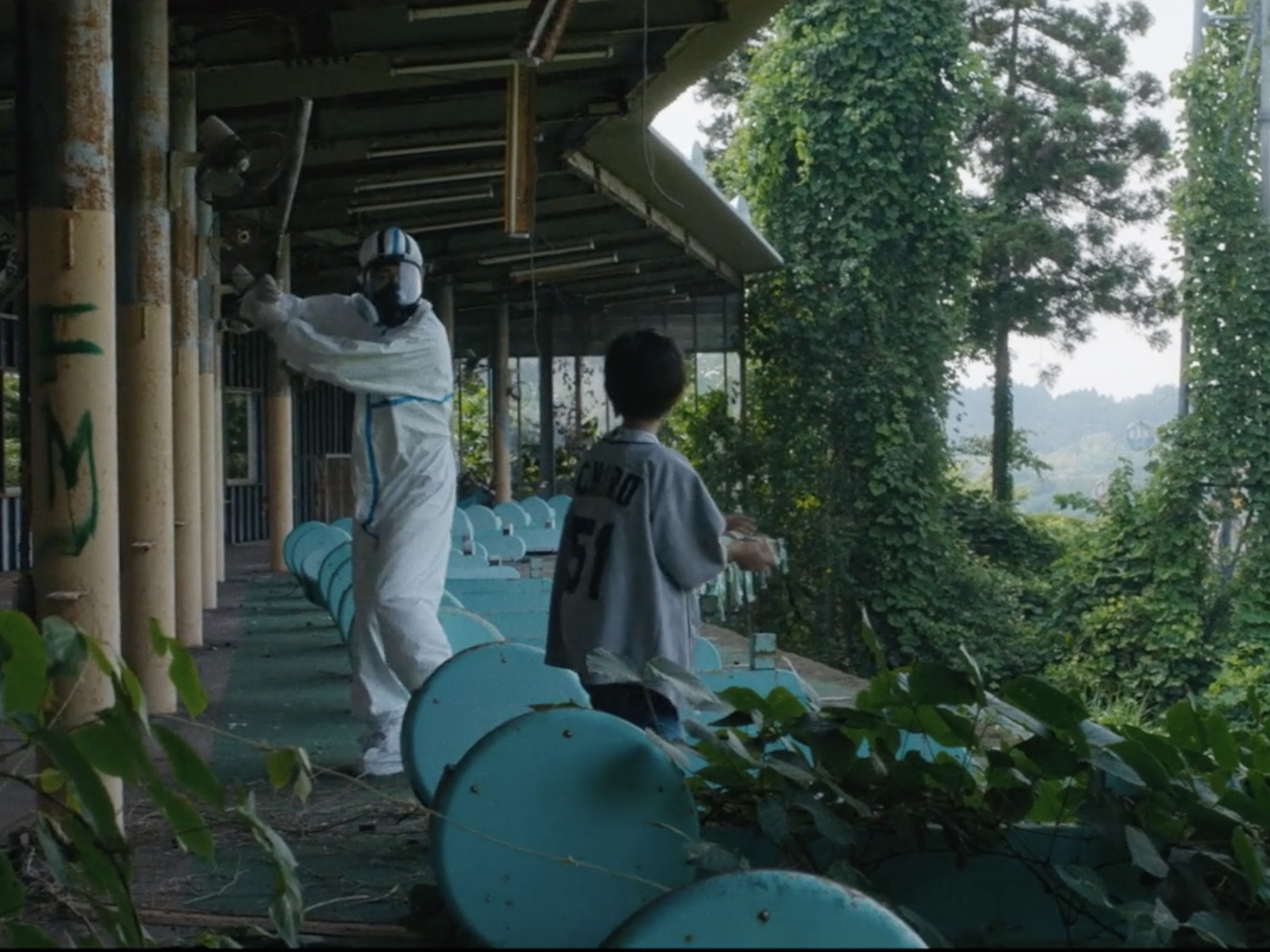
© ‘Homesick’, Koya Kamura - Manifest Pictures
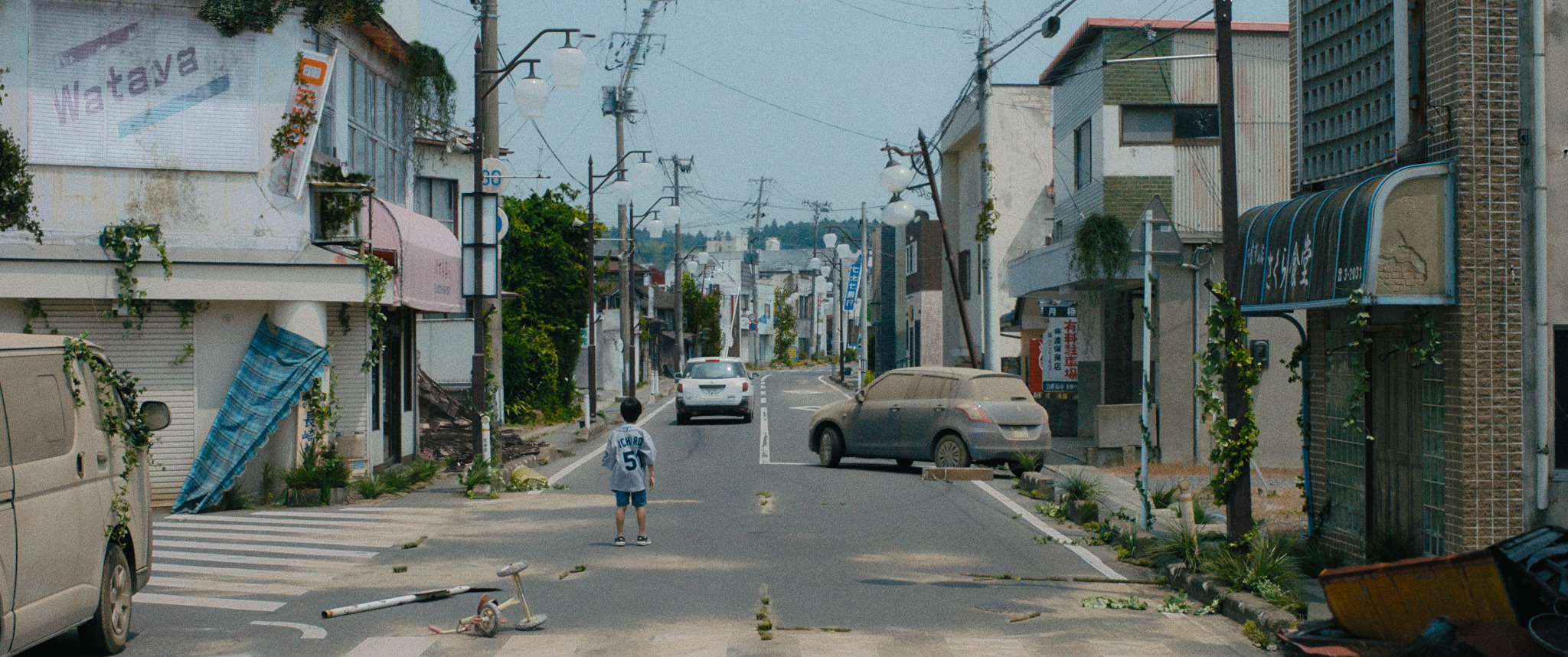
© ‘Homesick’, Koya Kamura - Manifest Pictures
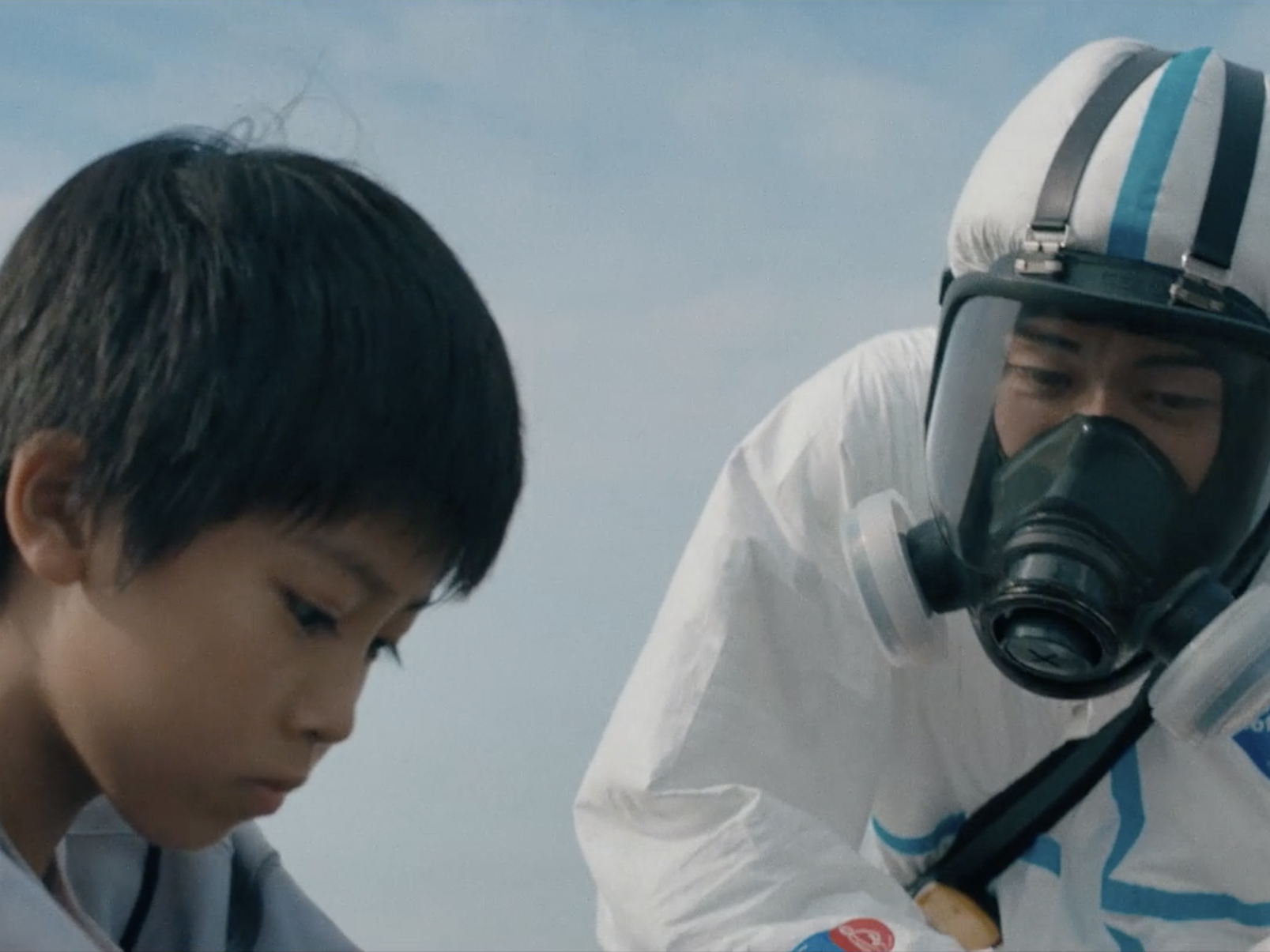
© ‘Homesick’, Koya Kamura - Manifest Pictures
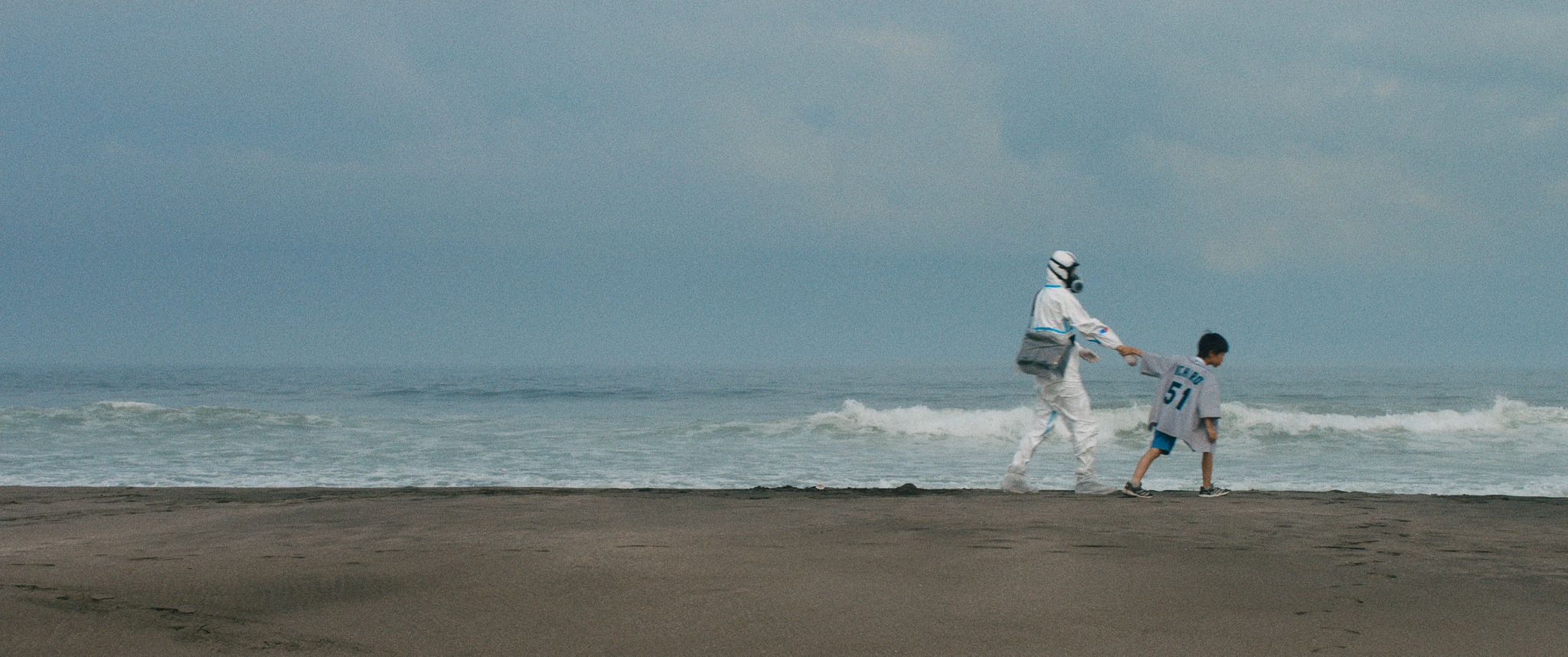
© ‘Homesick’, Koya Kamura - Manifest Pictures
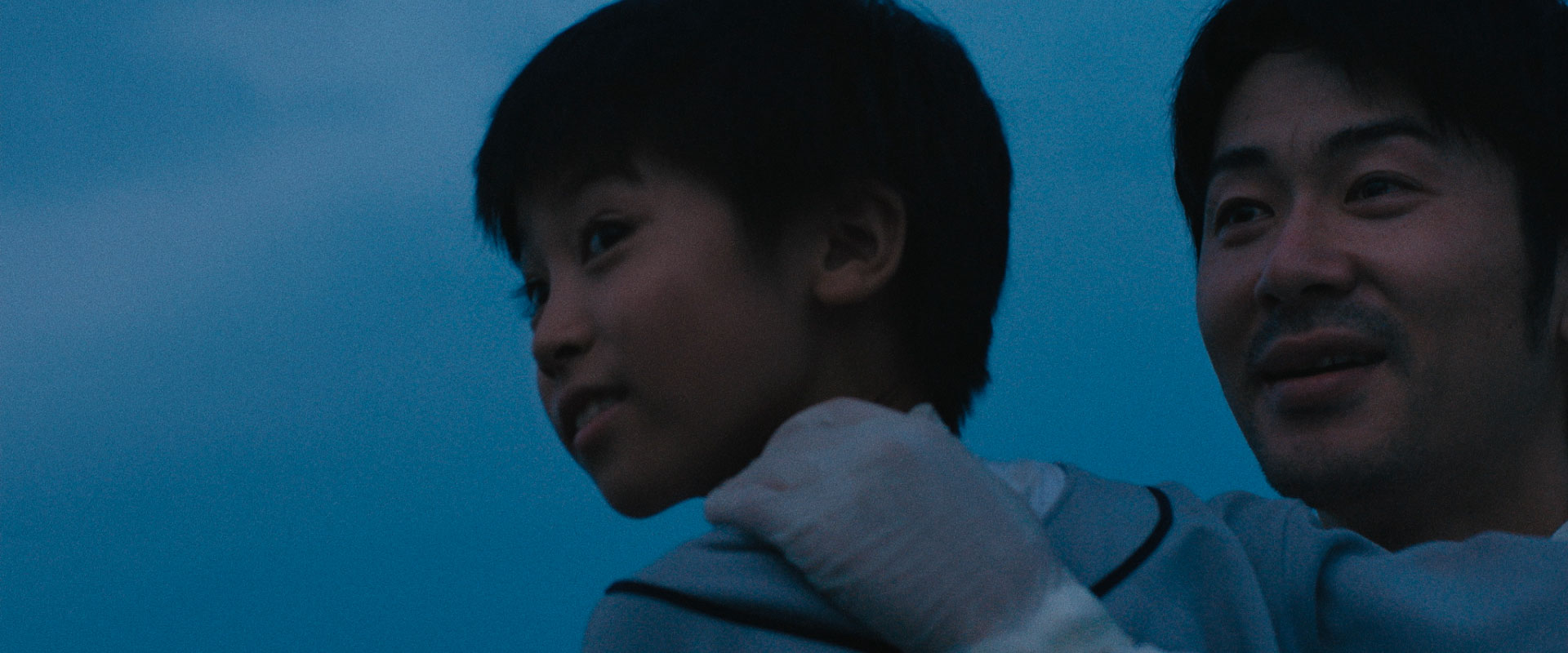
© ‘Homesick’, Koya Kamura - Manifest Pictures
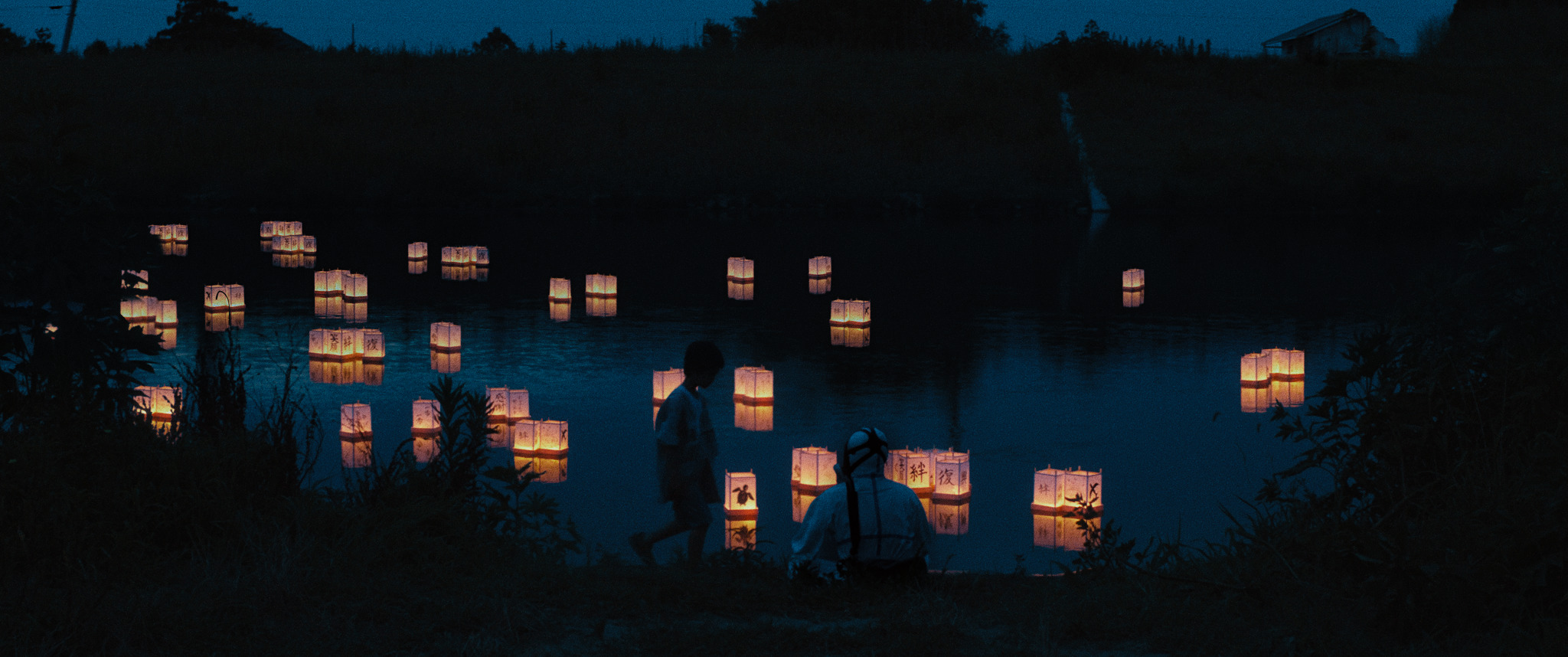
© ‘Homesick’, Koya Kamura - Manifest Pictures
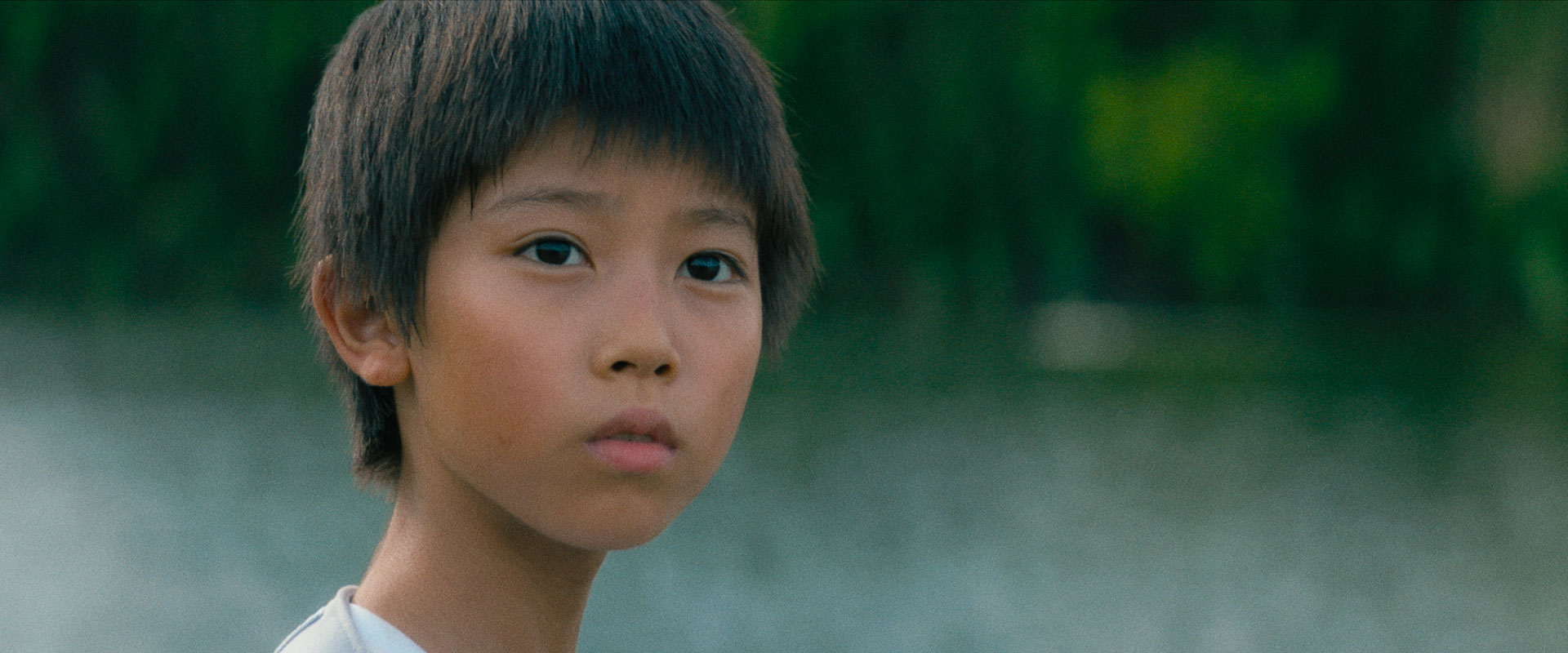
© ‘Homesick’, Koya Kamura - Manifest Pictures
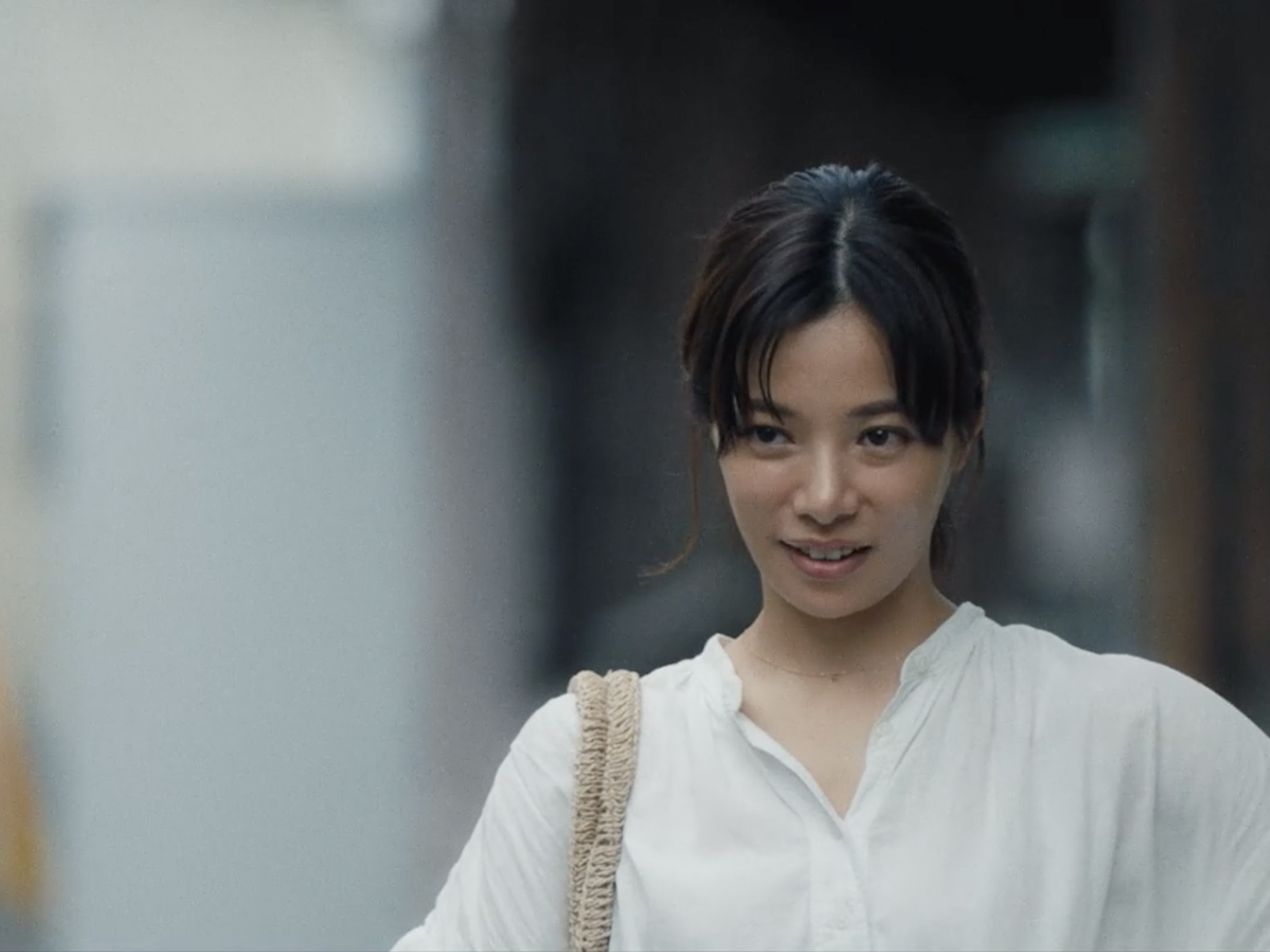
© ‘Homesick’, Koya Kamura - Manifest Pictures
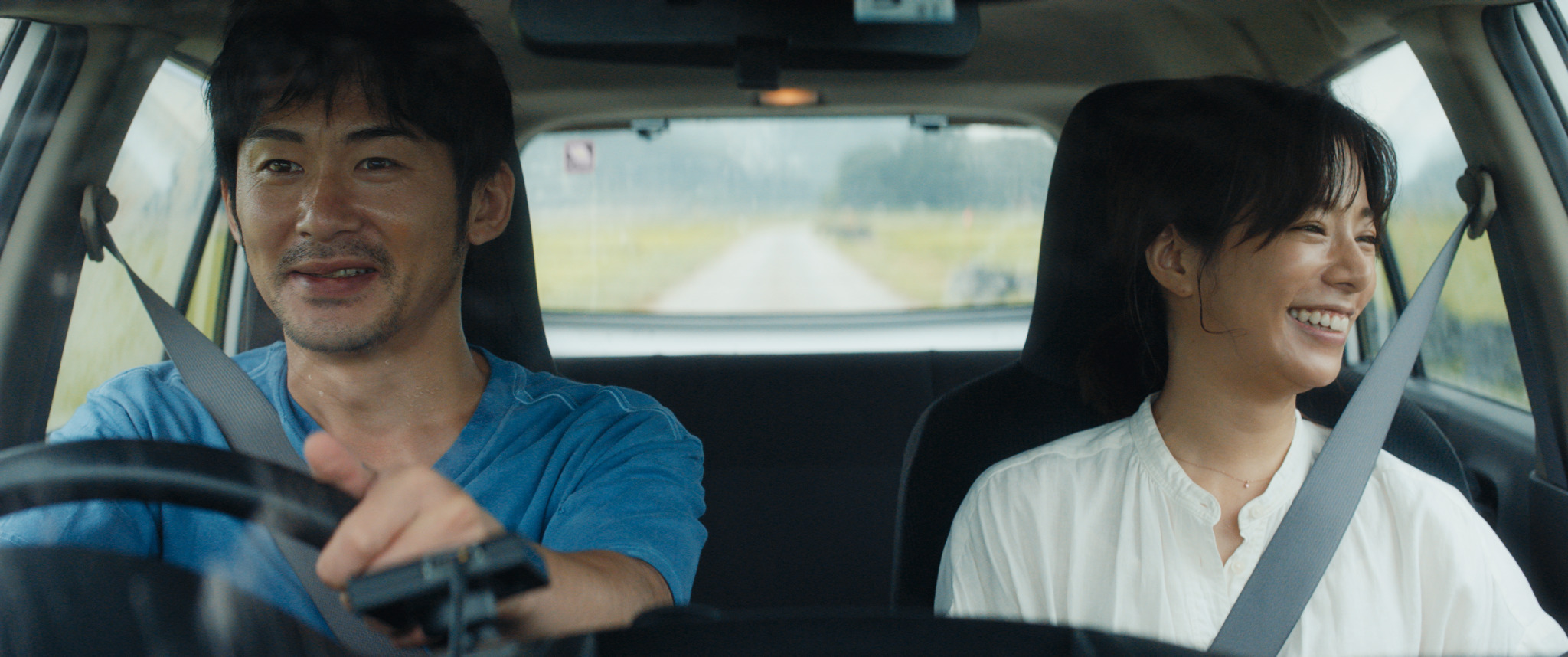
© ‘Homesick’, Koya Kamura - Manifest Pictures

© ‘Homesick’, Koya Kamura - Manifest Pictures
TRENDING
-
The Tattoos that Marked the Criminals of the Edo Period
Traditional tattoos were strong signifiers; murderers had head tattoos, while theft might result in an arm tattoo.

-
Chiharu Shiota, Red Threads of the Soul
Last year, more than 660,000 people visited the retrospective 'Chiharu Shiota: The Soul Trembles' exhibit at the Mori Art Museum.

-
‘Before Doubting Others, Doubt Yourself. Who Can Truly Say a Dish Isn’t What It Used to Be?’
In ‘A Non-Conformist’s Guide to Surviving Society’, author Satoshi Ogawa shares his strategies for navigating everyday life.

-
The Story of Sada Yacco, the Geisha who Bewitched Europe
Described by Dazed magazine as the first beauty influencer, she has been restored to her former glory since 2019.

-
Ito Jakuchu's Naturalist Paintings
From 15 September until 14 October 2018, the Petit Palais showcased the artist's iconic ‘Images of the Colourful Realm of Living Beings’.





